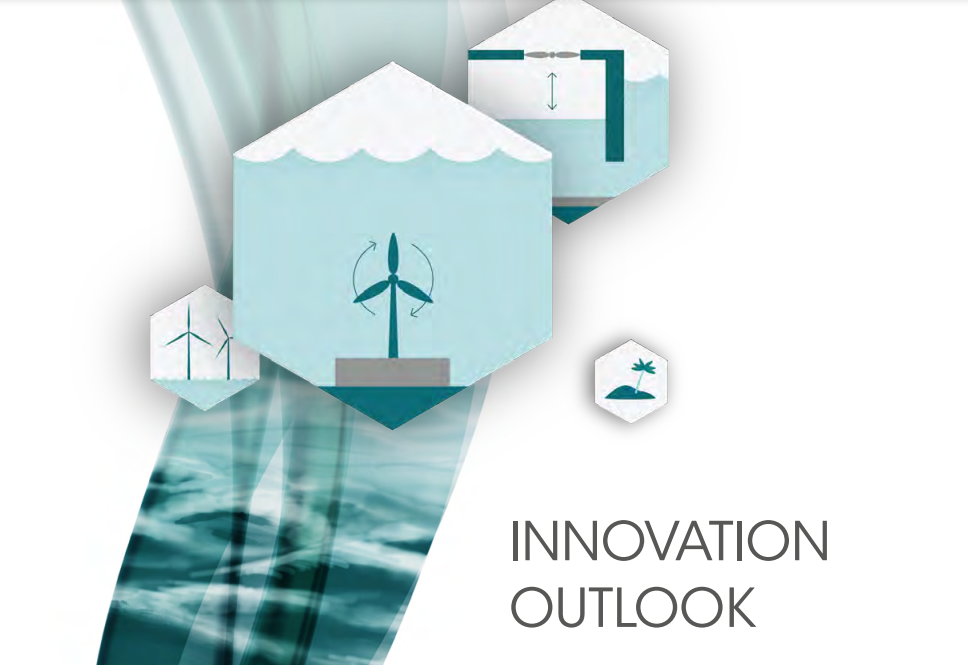Objective and Expected Areas of Focus
Overall Objective
The Science Technology and Innovation Metrics Assessment for Africa shows that Kenya ranks among the top African countries with relatively rich knowledge production ecosystem and innovation practices. There are researchers and innovators from across the various, over 300 institutions in the country, who have meaningful prototypes, but have not got their solutions into market in a meaningful way due to:
- Weak discoverability – in a large country and many institutions, it’s not practical for a researcher or innovator to display their work in all possible and relevant forums. The winder and global audiences have no access to them.
- Weak exposure – the researchers are not necessarily empowered with digital and marketing skills that can be used to promote their solution to the wider national and global network in a structured and professional manner. Researchers, who are not entrepreneurs would hardly proactively tap into tools to market their solution.
- There is no local centralized platform that is designed with the research output in mind and filling the gap of connecting the researchers to the market.
The overall objective of this project is to connect the existing, emerging, and future prototypes in Kenya to a virtual marketplace where these prototypes can be linked to investments/partnership and capacity building opportunities that could transform the prototypes into commercially viable products with contribution to job creation and overall economic growth of Kenya. This pursuit is in line with the key goals of FCDO’s flagship initiative ‘’the Africa Technology and Innovation Partnership`s (ATIP). This objective will be achieved by strengthening and operationalising an online platform where the enables researchers and innovators to link to with relevant partners in a demand-based approach. Researchers and innovators create profiles and upload the innovations they have, in as a detailed manner as possible. This will lead to improved relationships between industry and academia and increased economic growth, through more productive partnerships leading to new and improved products and services.
Specific objectives:
The specific objectives of the activity will be
- To support the finetuning of the innovation linkages portal/innovation bridge that was earlier developed and begin to populate it with relevant data to start achieving the intention of a digital marketplace
- To operationalise the innovation bridge through awareness creation, sensitization of key stakeholders (institutions, innovators, investors, donors etc) about the usefulness and value proposition of the platform
- To pilot the functionality of the platform through brokering initial interactions and engagements between the industry players and innovators in ways that results in exchange of ideas and opportunities, providing a foundation and leaning for wider roll-out.
- To monitor and analyse the interactions to generate insights that would shape further enhancements of the portal
Beneficiaries:
The project is set to benefit to various actors:
- Primarily, the Kenya National Innovation Agency (KeNIA), a national agency, with substantial credibility and visibility will be the anchor and host of this platform. KeNIA stands a huge opportunity to use the platform as a tool for catalysing innovation towards meaningful economic outcomes in line with the mandate for which it was set. This places KeNIA at strategic position to provide leadership in terms of articulating the role of Science Technology and Innovation in economic growth. Building on the forthcoming Kenya Innovation Outlook Study and other relevant studies and initiatives, KeNIA will be able to pioneer a functional or practical innovation system in form of a digital marketplace that brings together researchers and innovators, and the private sector to engage and build enterprises from exiting and future prototypes. This is aligned to the function of KeNIA to coordinate scouting and linking innovations to support systems, as well as the strategic priority of KeNIA set out in the financial years 2020/2021 and 2021/2022 to focus on a) a 10-year national innovation masterplan, b) national guidelines on commercialization c) coordination mechanism for incubation and innovation hubs
There are various secondary beneficiaries including
- The Universities and National and International Research Institutions who will use the platform and associated interactions to connect their ideas to the market place thereby strengthening the role of research in accelerating development. Institutional – Research centres, Universities and TVETs play the most crucial role of conducting research that has the potential to find its way into market as products of public good. There is evidence of potentially impactful significant research output that has not gone beyond prototypes. Institutions need a range of interventions including capacity development, framework for TTOs, IP office establishment, IP policy development, internal process alignment among others.
- Individual researchers, innovators, and start-ups: Individual – it takes an individual in an institution or at personal level to develop an idea that is addressing a particular challenge in society. The journey from problem identification to a product in the market does require a variety of interventions ranging from a variety of skills, partnerships, IP protection, funding, incubation among others. This project will benefit individual researchers, innovators who will be exposed to investment, partnerships and capacity building opportunities towards transforming their ideas to commercialised products. Start-ups will have an opportunity to link with investors and learn on scaling-up and ‘’breaking the boundaries’’.

